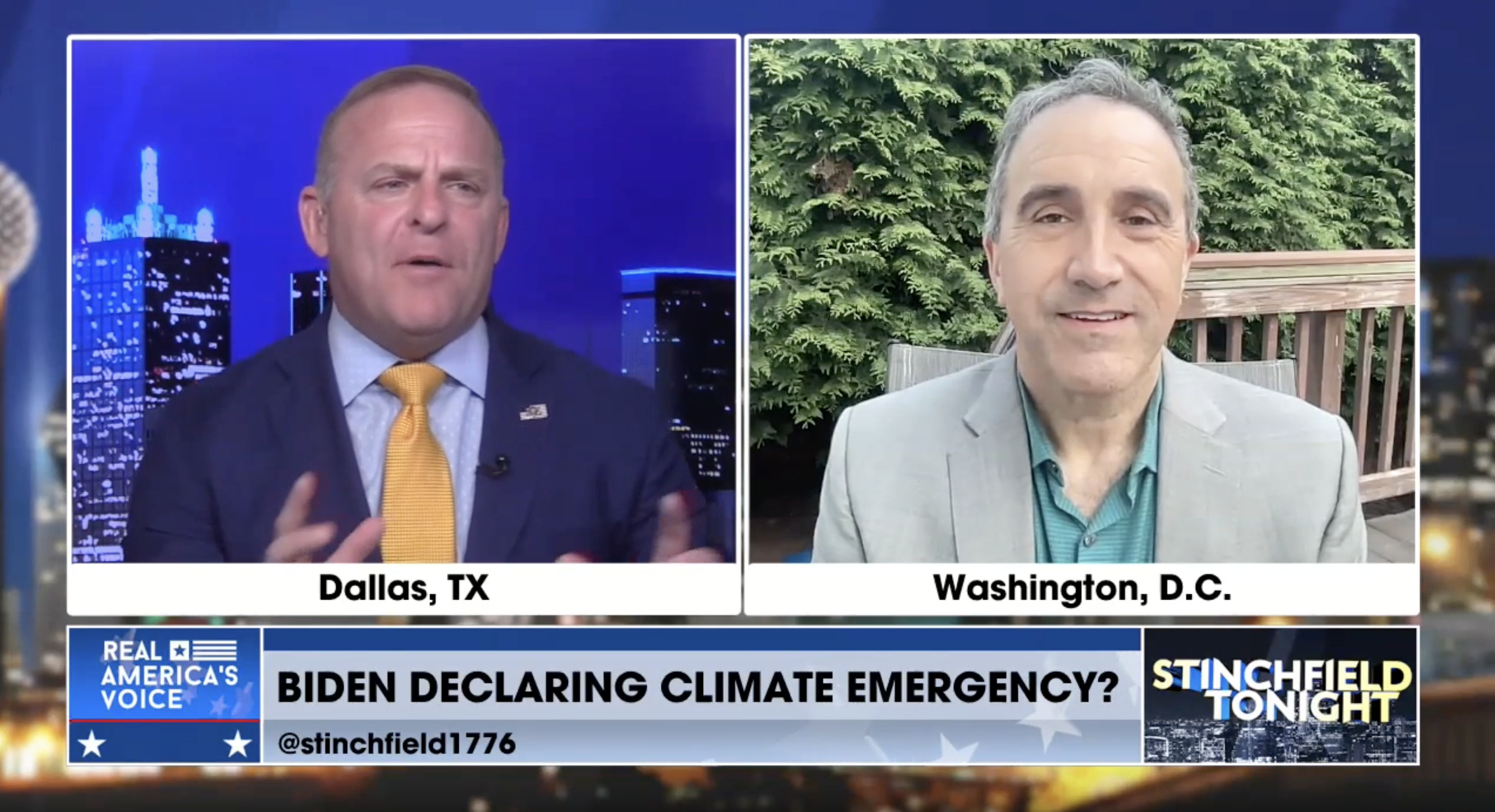- Xiaoming Hu et al., Climate Dynamics — Hu, X., Sejas, S.A., Cai, M. et al. Clim Dyn (2018). https://doi.org/10.1007/s00382-018-4232-1
Decadal evolution of the surface energy budget during the fast warming and global warming hiatus periods in the ERA-interim
Abstract: The global-mean surface temperature has experienced a rapid warming from the 1980s to early-2000s but a muted warming since, referred to as the global warming hiatus in the literature. Decadal changes in deep ocean heat uptake are thought to primarily account for the rapid warming and subsequent slowdown. Here, we examine the role of ocean heat uptake in establishing the fast warming and warming hiatus periods in the ERA-Interim through a decomposition of the global-mean surface energy budget. We find the increase of carbon dioxide alone yields a nearly steady increase of the downward longwave radiation at the surface from the 1980s to the present, but neither accounts for the fast warming nor warming hiatus periods. During the global warming hiatus period, the transfer of latent heat energy from the ocean to atmosphere increases and the total downward radiative energy flux to the surface decreases due to a reduction of solar absorption caused primarily by an increase of clouds. The reduction of radiative energy into the ocean and the surface latent heat flux increase cause the ocean heat uptake to decrease and thus contribute to the slowdown of the global-mean surface warming. Our analysis also finds that in addition to a reduction of deep ocean heat uptake, the fast warming period is also driven by enhanced solar absorption due predominantly to a decrease of clouds and by enhanced longwave absorption mainly attributed to the air temperature feedback.



